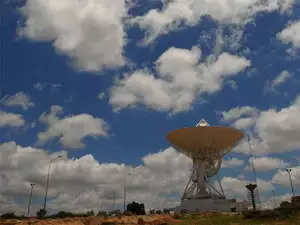Menu
- Home
- Embassy
- Bilateral Relations
- Economy & Commerce
- Team Contact Information
- Business Reform Action Plan Portal
- Economy & Commerce Updates
- Schemes & Initiatives
- Trade & Investment Resources
- Dashboards & Performance Indexes
- Industrial Policies & Guides
- Patent & Intellectual Property
- Taxes & Duties
- Magazines & Publications
- Weekly Newsletters
- Events & Trade Fairs, India
- Events & Trade Fairs, Switzerland
- Indian Tenders
- Consular Services
- Media
- Vaishnav Jan Toh in Switzerland and Liechtenstein
- Embassy of India's Quarterly Newsletter
- News
- Alerts
- Press Releases
- Speeches
- Upcoming Events
- Events/Photo Gallery
- Constitution Day
- Political Map of India
- Special Publications
- Videsh Sewa - SSIFS Quarterly Newsletter
- State Visit of Hon’ble President of India to Switzerland
- Visit of Hon’ble Minister of State for External Affairs and Culture to Switzerland
- Samvidhan Se Samarasta Festival
- International Day of Yoga
- Gandhiji at 150
- Guru Nanak Dev Ji @ 550
- Press Releases
- Indian Diaspora
- Indian Cultural Network
- Indian Professionals Network

















